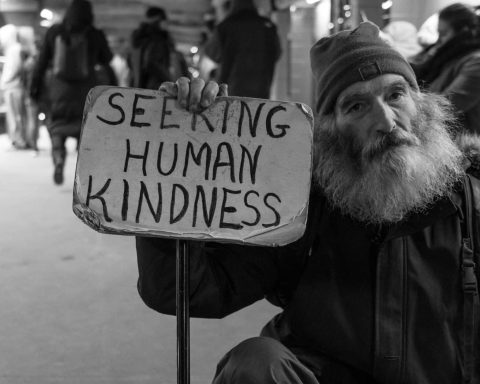 Judith Dawson is a GP at Weavers Medical, Kettering and clinical lead for the social care charity Leonard Cheshire.
Judith Dawson is a GP at Weavers Medical, Kettering and clinical lead for the social care charity Leonard Cheshire.
Most clinicians will encounter cases of self-neglect during their career, which will vary from mild presentations to really disturbing cases where the self-neglect becomes extreme. Often it is difficult to comprehend how people would choose to live in such dreadful circumstances, but trying to resolve this feels like a series of insurmountable obstacles. What drives such behaviour and how do we manage it?
We also know those who have suffered extreme persecution and hardship may develop hoarding behaviours
Others become reclusive and neglectful in response to emotional hurt, perhaps most vividly in Dickens’ novel, Great Expectations, with Miss Havisham sitting at her spider-infested wedding table surrounded by rotting food.1 We also know that those who have suffered extreme persecution and hardship may develop hoarding behaviours, which become neglectful when the hoarding becomes extreme and the collections start to include refuse and decay.2 Solidarity of suffering also drives others in self-neglectful behaviours, such as the philosopher Simone Weil who refused to eat in support of her resistance comrades in occupied France.3
Many GPs will have visited these households. Some are difficult to forget: the house call undertaken where the district nurse who got there first is vomiting in the garden when you arrive; the elderly lady who has literally not moved from her armchair for over a week; and the room half filled with a floor-to-ceiling mountain of newsprint, which you watch warily from the corner of your eye in case something suddenly erupts out of it. Coping with the environment and not showing any facial reaction tends to take every ounce of energy. It is not unusual to find that carers have recorded a gradual disintegration over many months, but have not alerted anyone to the circumstances. Trying to improve the lot of these patients may appear impossible and can be frustrating. In many cases the situation continues until a major crisis occurs.
There is a difference between having the capacity to make decisions and having the capacity to identify and extract oneself from harmful circumstances
Naik et al propose a very clear and helpful framework for looking at these types of capacity.4 This involves looking at whether decision making is capacitous in the context of self-care and protection and they provide a set of standardised questions in order to gain clear understanding of both decision making and executive capacity. They argue that capacity for self-care and protection should be seen as a gradient rather than an all or nothing phenomenon.
Trying to assess patients who self-neglect requires building a long-term picture of what causes their behaviour to become neglectful and their previous attitudes to self-care. It is important to exclude both mental and physical illness (for example, the possibility of hypercalcaemia or a brain tumour) underlying their behaviours, and understand any previous life events which may explain their current situation. It is made very clear by the Social Care Institute for Excellence that ‘the presence of mental capacity [should] not [be] used as a justification for inaction‘.5
A simple question ‘Do they have capacity?’ is not enough.
References
1. Dickens C. Great Expectations (2012 edn). Penguin Classics, 1861
2. Porat-Katz B-S, Johnson TW, Katz I, Rachman-Elbaum S. Hoarding Among Jewish Holocaust Survivors: Moving Toward a Theoretical Model. Isr Med Assoc J 2018; 20(11): 670–673.
3. Von der Ruhr M. Simone Weil: An Apprenticeship in Attention. London: Continuum, 2006.
4. Naik AD, Lai JM, Kunik ME, Dyer, CB. Assessing capacity in suspected cases of self-neglect. Geriatrics 2008; 63(2): 24–31.
5. Social Care Insitute for Excellence. Self-neglect at a glance. SCIE, 2018. https://www.scie.org.uk/self-neglect/at-a-glance (accessed 14 July 2020).
Featured photo by John Cameron on Unsplash






